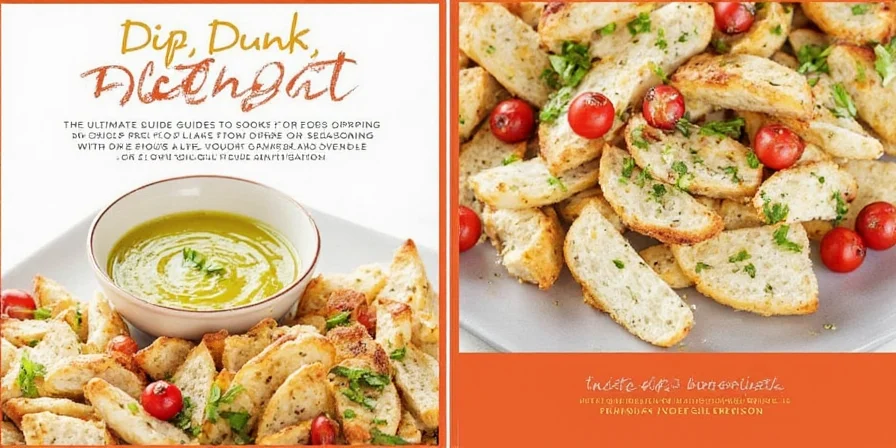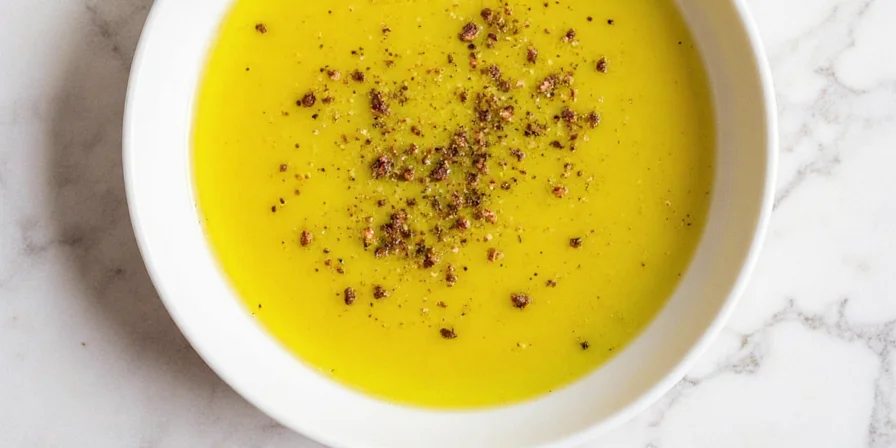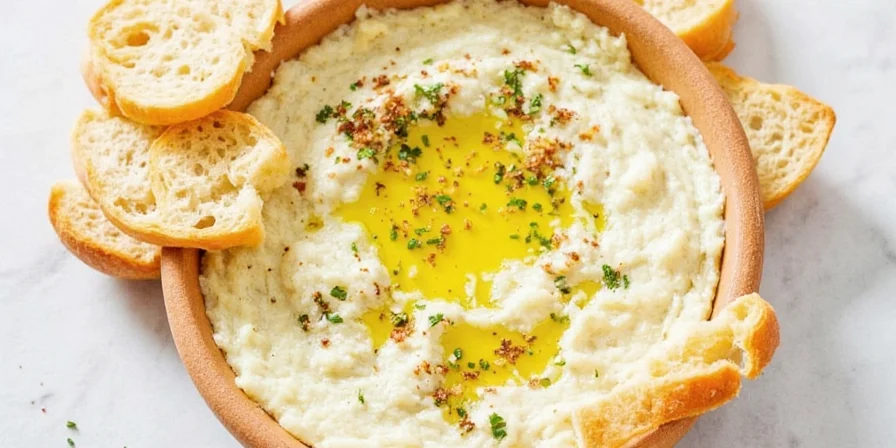Table of Contents
- The Essential 5-Minute Bread Dipping Oil Recipe
- Why This Simple Formula Works Every Time
- Common Mistakes and How to Fix Them
- 3 Professional Techniques for Next-Level Flavor
- 5 Authentic Regional Variations (From Italian Nonnas to Spanish Tapas Bars)
- Which Bread Works Best With Your Oil
- How to Store Dipping Oil Properly
The Essential 5-Minute Bread Dipping Oil Recipe
For perfect bread dipping oil that tastes like your favorite restaurant's, combine these pantry staples:
- ½ cup extra virgin olive oil (not 'light' olive oil)
- 1-2 garlic cloves, finely minced
- 1 tsp dried oregano or Italian herb blend
- ¼ tsp sea salt
- 1 tbsp lemon juice or red wine vinegar
Method: Whisk all ingredients together in a small bowl. Let sit 5 minutes before serving. That's it - no special equipment needed!

Why This Simple Formula Works Every Time
The magic happens through three key elements working together:
| Element | Function | What Happens Without It |
|---|---|---|
| Extra virgin olive oil | Carries fat-soluble flavor compounds | "Flat" tasting oil with no depth |
| Garlic (minced) | Releases alliinase enzyme for flavor development | Bland oil with raw garlic chunks |
| Acid (lemon/vinegar) | Balances richness and brightens flavors | Heavy, one-dimensional oil |
Unlike complicated recipes requiring special ingredients, this formula delivers authentic flavor using what you likely have in your kitchen right now.
Common Mistakes and How to Fix Them
Fix these frequent problems with simple solutions:
- Burnt garlic taste: Use raw minced garlic instead of sautéed - the oil's natural warmth develops flavor without burning
- Separation issues: Add acid last and whisk vigorously for 20 seconds to create temporary emulsion
- Bland flavor: Use sea salt instead of table salt - the mineral content enhances flavor perception
- Too strong: Double the oil quantity if using robust extra virgin olive oil varieties
- Flavor fades quickly: Add acid just before serving to preserve brightness
3 Professional Techniques for Next-Level Flavor
Once you've mastered the basics, try these chef-approved upgrades:
- The 10-Minute Bloom: Let minced garlic sit with salt for 10 minutes before adding oil - maximizes flavor compound development
- Temperature Control: Warm oil to 95°F (35°C) for better flavor extraction without cooking ingredients
- Layered Addition: Add dried herbs first, let sit 3 minutes, then add acid last for balanced flavor release

5 Authentic Regional Variations (From Italian Nonnas to Spanish Tapas Bars)
These simple adaptations create distinctive regional flavors using the same base formula:
| Region | Simple Modification | Key Flavor Note |
|---|---|---|
| Tuscan, Italy | Add 1 tsp fresh rosemary + ½ tsp fennel seeds | Earthy, pine-like aroma |
| Andalusian, Spain | Add ½ tsp smoked paprika + pinch of saffron | Subtle smokiness |
| Greek Islands | Add 1 tsp dried oregano + squeeze of lemon | Bright, herbal notes |
| Lebanese | Add 1 tsp za'atar + ½ tsp sumac | Tangy, complex earthiness |
| Southern France | Add 1 tsp herbes de Provence + orange zest | Floral citrus finish |
Which Bread Works Best With Your Oil
Match your bread type to your oil for perfect dipping:
- Crusty breads (baguette, ciabatta): Use oil with visible herbs/garlic for texture contrast
- Soft breads (dinner rolls, brioche): Use smoother oil without chunks to prevent tearing
- Dense breads (sourdough, rye): Increase garlic content to cut through heaviness
- Warm bread: Always use room-temperature oil (never cold from fridge)
How to Store Dipping Oil Properly
Most homemade bread dipping oil should be used within 2 hours for best flavor. If you must store it:
- Refrigerate in airtight container for up to 24 hours
- Bring to room temperature before serving
- Do not store oil with fresh garlic for more than 4 hours (botulism risk)
- Discard if oil appears cloudy or develops off smell
For longer storage (up to 1 week), omit fresh ingredients and add them just before serving.
Frequently Asked Questions
Can I use regular olive oil instead of extra virgin?
Regular 'light' olive oil lacks the flavor compounds of extra virgin. Use authentic extra virgin for best results, but if substituting, add ½ tsp dried herbs to compensate for lost flavor.
Why does my garlic bread oil taste bitter?
Bitterness comes from burning garlic. Never heat garlic in oil - use raw minced garlic and let it sit with salt to develop flavor naturally at room temperature.
What's the best bread for dipping in oil?
Crusty breads like baguette or ciabatta work best. The crust holds up to dipping while the soft interior absorbs oil perfectly. Always serve bread warm but not hot.
How can I make my oil more restaurant-quality?
Restaurants use three secrets: 1) High-quality extra virgin olive oil 2) Proper garlic preparation (minced fine with salt) 3) Acid added at the last moment. Follow these for authentic results.
Can I make this oil ahead of time for a party?
Prepare the oil base (oil + dried herbs) up to 24 hours ahead, but add fresh garlic and acid no more than 2 hours before serving for peak flavor. Store separately and combine just before your event.












 浙公网安备
33010002000092号
浙公网安备
33010002000092号 浙B2-20120091-4
浙B2-20120091-4